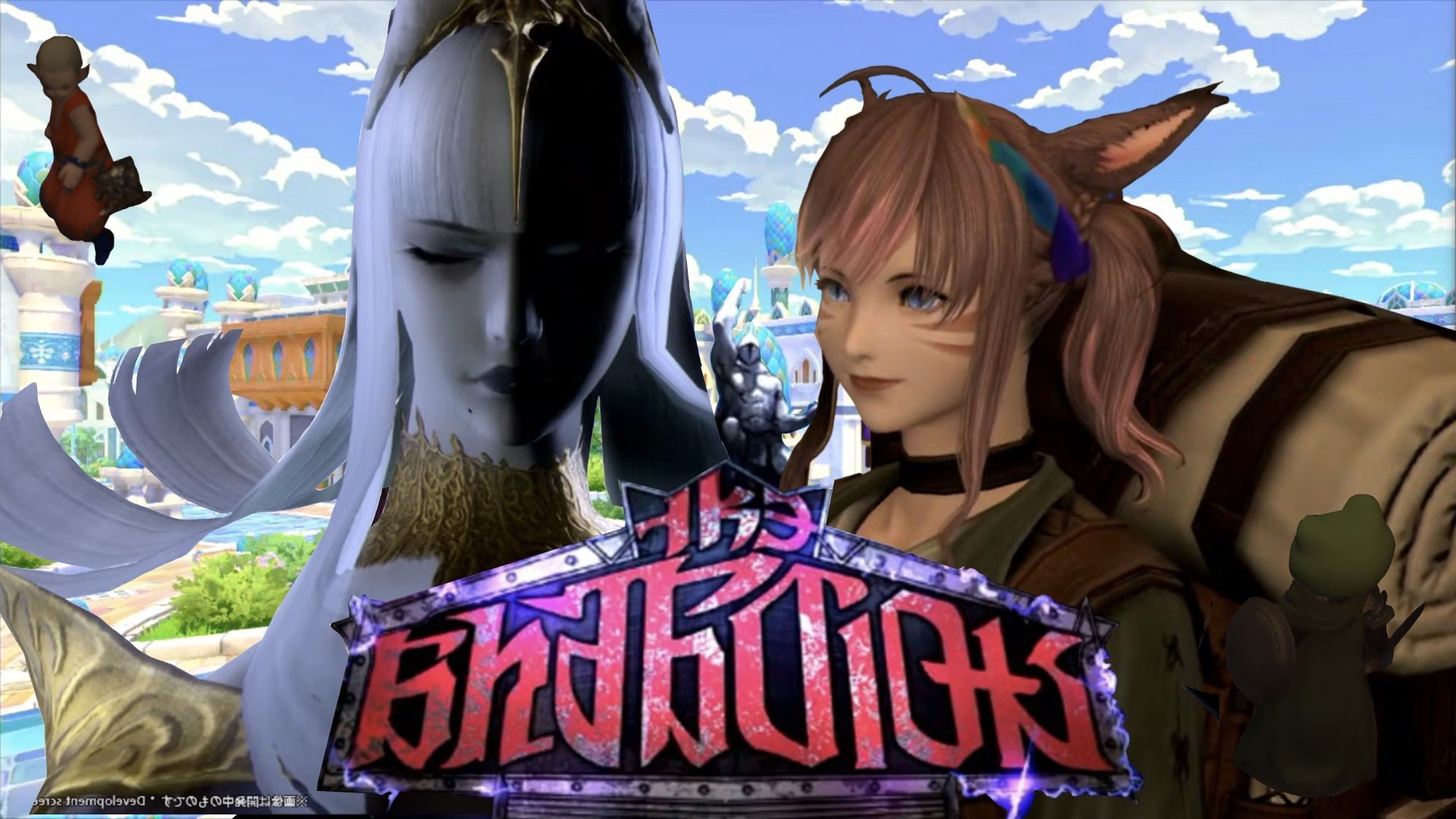
A lot of the commentary addressing Dungeons is focused on comparing it to the Dungeon Keeper series, which is natural but also unfortunate. While Dungeons openly acknowledges its roots (with plenty of fourth-wall breaking and irreverent humor), it is decidedly not trying to be Dungeon Keeper 3. Dungeons puts the player in the role of a Dungeon Lord, the only really controllable character in the game. While a birds-eye view allows for the management of goblin servants (who dig) and the placement of various structures and monsters, it is the Dungeon Lord who carries out most of the dirty work.
Dungeons differs in its approach in that invading heroes are not simply disposed of, but cultivated. In order to advance your dungeon’s structure you need to harvest soul energy from heroes. To do this effectively you need to first draw them in and satisfy their needs. This could range from gold, equipment, knowledge, or fighting, which are provided by… piles of gold, armories, libraries, and hordes of monsters respectively. In addition, heroes can be herded by the careful placement of prestige items, which are also necessary to unlock certain upgrades.
As heroes become satisfied they gain more soul energy. Eventually, they hit their max and try to leave with your gold. This is where you as Dungeon Lord step in. It’s up to you to get to them and kill them before they can escape. Then you need to personally warp them to prison cells you’ve constructed or allow your goblins to carry them; which they will gladly do automatically. In this way you can efficiently extract the most soul energy per hero to advance your dungeon.
As you progress in a map you generally open more hero entrances as you can handle them, and the result of all this is a sort of ever-increasing tide of wandering heroes that you need to fatten up and slay like so much cattle. Other complications come from independent map goals, periodic random quests from your boss, challenges from the likes of you ex-girlfriend, and the occasional champion showing up to bypass all your distractions and attack your dungeon heart directly. Layered on top of these strategy elements are skill points acquired by your Dungeon Lord and a talent tree to cater him to your play style over time.
While Dungeons proved to be a satisfyingly complex and challenging game, it is not without some issues. The most obvious of these are graphical: a first-person mode is provided if you like to get in and see your Dungeon Lord mix it up. This also provides a buff to your stats for what you lose in perspective. However, whenever I started moving about in this mode the environment tiles would start going black behind me while still on screen, which was very distracting. Also, some of the shadow and lighting effects had a very jagged appearance that made me want to turn them off.
Overall, while I can appreciate the interplay of elements to Dungeons’ gameplay, I think that the pacing required for the concepts to play out may be a bit much to ask of most gamers. I often found myself waiting for certain things to happen in the early stages of a map, and then being quickly overwhelmed and wishing that I could go back and prepare or respond differently. In the end however I took what I got because I just couldn’t imagine myself putting the time in again.
While its gameplay was technically competent, Dungeons is ultimately light on fun. When combined with the graphical issues, I found it a hard sell at the $40 mark. For those who like the twisted vantage first set out by Dungeon Keeper, or like the sound of a small-scale RTS with very little “micro”, Dungeons is worth a look when the inevitable Steam sale rolls around. In it’s defense, Dungeons doesn’t take itself too seriously. While the jabs at Dungeon Keeper, Diablo, and the genre at large elicited a few chuckles, they weren’t enough to redeem it.
[nggallery id=216]




